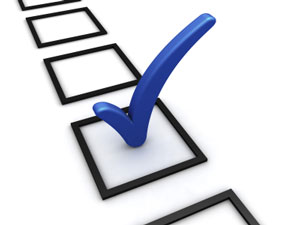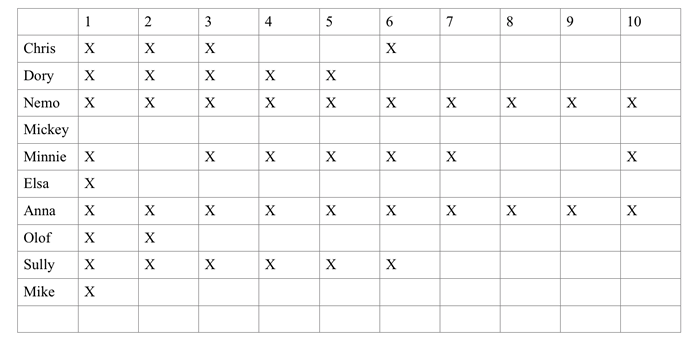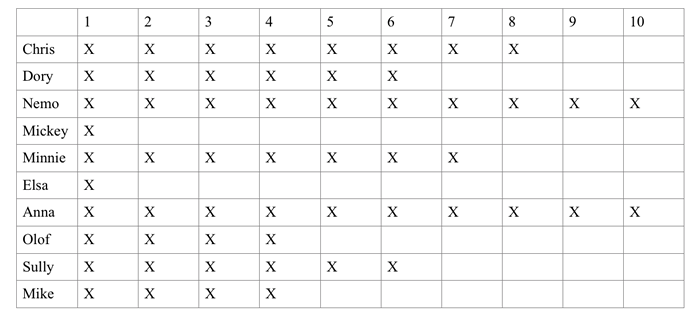Quantitative Literacy - Interpreting Data

We are collecting data all the time with various kinds of worksheets and forms...but to what end?
Ultimately we collect data in order to make BETTER decisions...our subjective observations are often not accurate and if we make decisions based on this inaccurate data, we will not make good decisions!
Learning Outcomes
Upon completion of this lesson's material, students will be able
- Given a data set calculate basic descriptive statistics.
- Apply an understanding of descriptive statistics to decisions regarding classroom lesson planning.
Teaching
In this assignment you are going to be analyzing two sets of data that were collected in a classroom. This replicates what you may be doing in your work.
The point of data collection is to assist you in the decision making process for interventions. Given the data in this assignment you will be asked to describe the data using basic descriptive statistics (average and percentages) and to make some curriculum decisions using that data.
Once we decide on an intervention (a new lesson plan or approach) we need to measure if it was effective or not.
Assessment
Mrs. Amazing completes the following class checklist at the beginning of the year:
Numeral Recognition: The chart represents which numerals each child recognized.

Quantitative Quiz A
- What percentage of her children recognize all of the numerals?
- What percentage of her students recognize half or more?
- What percentage of her children don’t recognize any?
- Now that she has this data, what should Mrs. Amazing use in her curriculum plan to support these children? Name 3 activities she should do.
- Describe 3 ways she can add numerals into the environment? Reference the NAEYC article.
- How can she support the students that already know all of their numerals?
After a few months, and using your wonderful ideas, Mrs. Amazing reassesses her students. Here are the new results:

Quantitative Quiz B
- What percentage of her children recognize all of the numerals now?
- What percentage of her students recognize half or more?
- What percentage of her children still don’t recognize any?
- What percentage of these children learned at least 3 new numerals?
- What percentage of these children learned at least 1 new numeral?
- What percentage did not make any gains?
- What percentage now know all their numbers?
- Do you think the curriculum was effective? Why or why not?
- What should Mrs. Amazing do to use this information for classroom planning?